
Ticks belong to Arachnida class like spiders, mites andscorpions and out of 800 different species found worldwide only 2 of them are known to transmit diseases tohumans. All of them have 8 legs, and passes the stages of eggs, larvae, and nymphs until theyreach adulthood. They need to feed on blood to survive and since they don’t jumpor fly, they attach on a host to get a blood meal. While soft ticks sucks on thehost for less than an hour, hard ticks tend to go on feeding for hours, evendays. With hard ticks disease transmission takes place as it finishes the meal,so sometimes pathogens are transmitted a few hours after the bite, while soft tickbites can be painful and disease transmission takes less than a minute. Still most of the tick bites remain undetected until burning,redness, itching and sometimes pain starts to develop. Some people may evenexperience allergic reactions to tick bites, and the symptoms may include rash,swelling, short breath, numbness or even paralysis. However, experiencing fever, weakness, confusion,palpitations, swelling, vomiting, short breath or paralysis after a tick bitecalls for immediate medical attention.
A tick bite is cleaned and treated with antibiotic cream, and for itching, Benadryl and other drugs containing Diphenhydramine can be appliedeither orally or directly to the skin. Further treatment is required in cases in which pathogens are transmitted, but this will depend on the type of the tick and the time it spent on thehost and the symptoms experienced by the bitten individual. Patients areadmitted to hospital in case of severe symptoms and antibiotics areadministered intravenously.
In order to remove it safely the person removing the tick should wear gloves to preventthe spread of pathogens from the tick. Before the tick is removed it should be flipped onto itsback, and then it should be firmly held, and then gently pulled. It is not advised totwist or turn the tick since its body parts may fall off and release thepathogen. Removed ticks should not be crushed as this causes thespread of pathogens instead they should be flushed or rinsed down a sink. It is a good idea to keep the removedtick in a closed jar or in a piece of paper, so that it could be shown to the doctor, in case the bitten person isunwell afterwards.
A small crater or dent remains on the skin after the tickhas been pulled out, and it should be checked for any mouth parts or a head leftbehind. The bite area is then cleaned with soap and water or a mild disinfectant, and if a rash or signs of infection appear, antibiotic cream is applied. Still,this local application of antibiotics doesn’t stop the risk of developing thedisease the tick might have transmitted. After tick removal, hands and all instruments that have beenin contact with the tick should be cleaned and disinfected. The tick should not be removed by using a hot match head, nailpolish, gasoline and other material as this may provoke more fluid release bythe tick, resulting in higher risk of disease transmission. In case of disease transmission, an infectious diseasespecialist should be consulted to determine the prognosis.


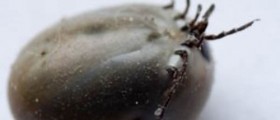
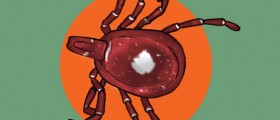

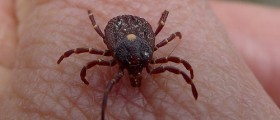
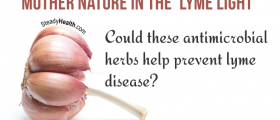
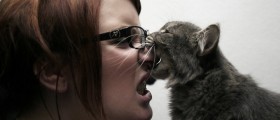

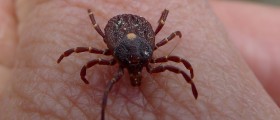

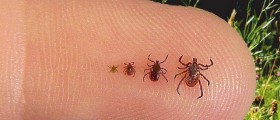
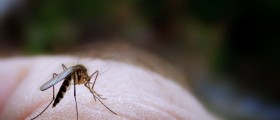
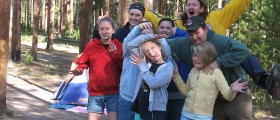
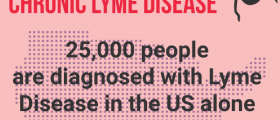
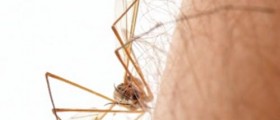
Your thoughts on this
Loading...